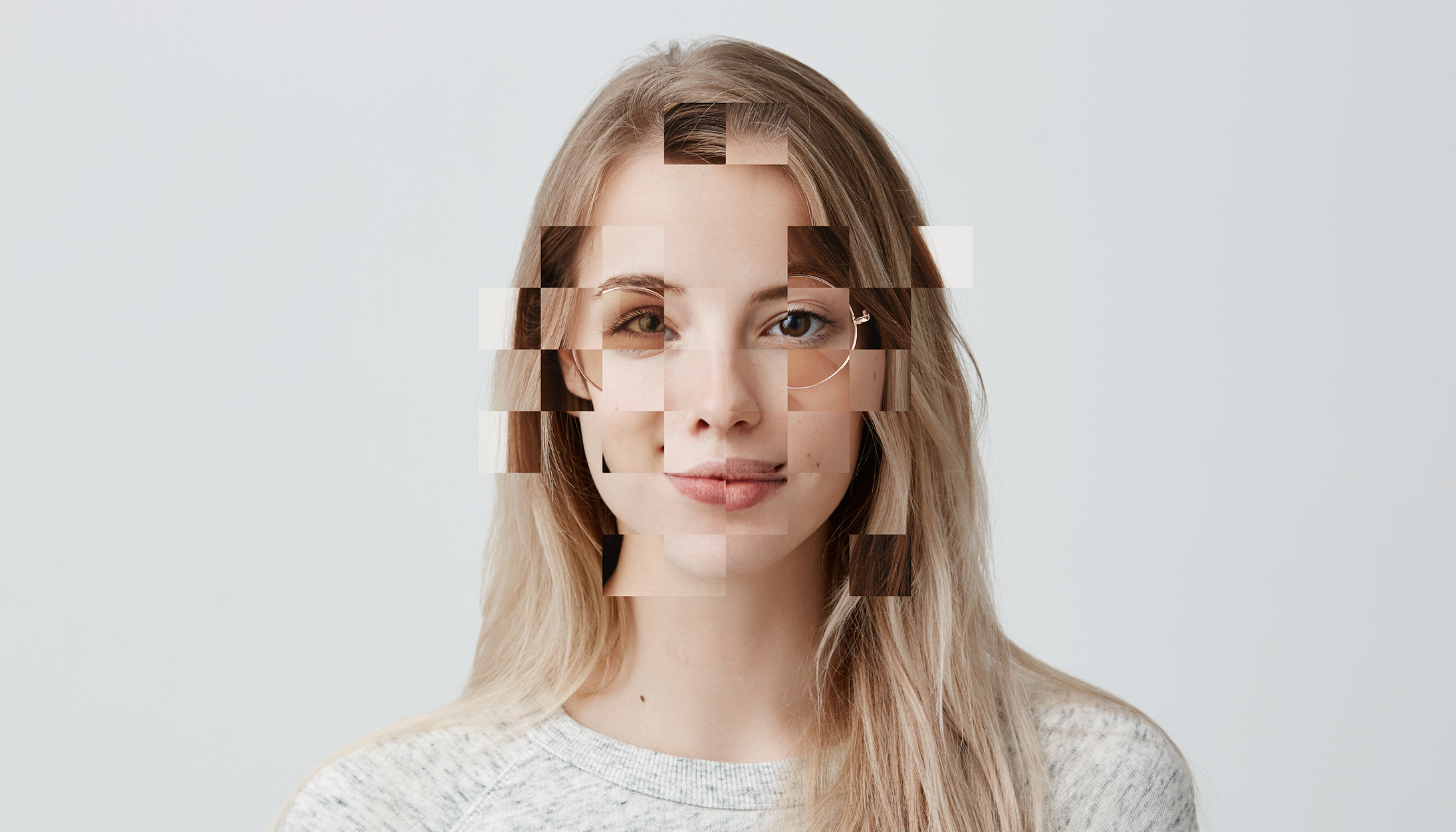Talking about biometrics in medicine may sound like an almost science fiction-like futuristic concept, but its introduction in the health sector is today real and tangible; in many places a card is no longer required for attending a medical centre.
The COVID-19 pandemic made it clear to us that not every interaction has to be face-to-face, and that technology can facilitate and improve online medical care. All this, and without any contact required; no need to press a button, make a phone call, or hand over a health card.
For the health sector, offering an efficient system not only means being able to dedicate more time to those who really need it, but also significant savings in paperwork, management and personnel.
But what does it mean for the patient? Accessing a medical service, obtaining prescriptions or making an appointment will be some of the things that can be done from the comfort of an app. All that remains is for us to understand how biometrics works, for example, to access a hospital. Take Luis as an example.
To become a patient of the medical centre, Luis has gone through a process that takes just a few minutes, called digital onboarding. Identity verification technology, embedded in the app, allows the capture of his identity document. Once the information is captured, the technology asks the future patient, Luis, to take a selfie and, by means of facial recognition which will be compared with the photograph of the identity document, his identity is confirmed. With these two simple steps, Luis becomes a patient and enjoys the security, functionality and comfort that biometric recognition has given him.
Once registered in the application, Luis will be able to forget about user passwords, PINs or other old methods of ‘secure access.’ Now it is his face which serves as a key, which he will show when entering the application or at the kiosk when he goes to the hospital in person.
The kiosk, where Luis has his face recognised, is capable of determining his identity even with a protective mask on -one of the novelties that emerged during the Covid-19 pandemic. Once authenticated, Luis is sent through to the clinic.
The Kangbuk Samsung Hospital in Seoul already incorporates FacePhi’s facial recognition technology (in collaboration with NSSMART) to facilitate access for its patients. This allows them to be identified with their faces, without the use of medical cards, passwords or registration numbers.
In addition, this initiative has the express support of the Korean government, which has opted for identity verification technology as a way to fight fraud.
Technology now brings together the best aspects of face-to-face and the Internet of Things, making it available for patients and ensuring that they receive personalised, quality care.






